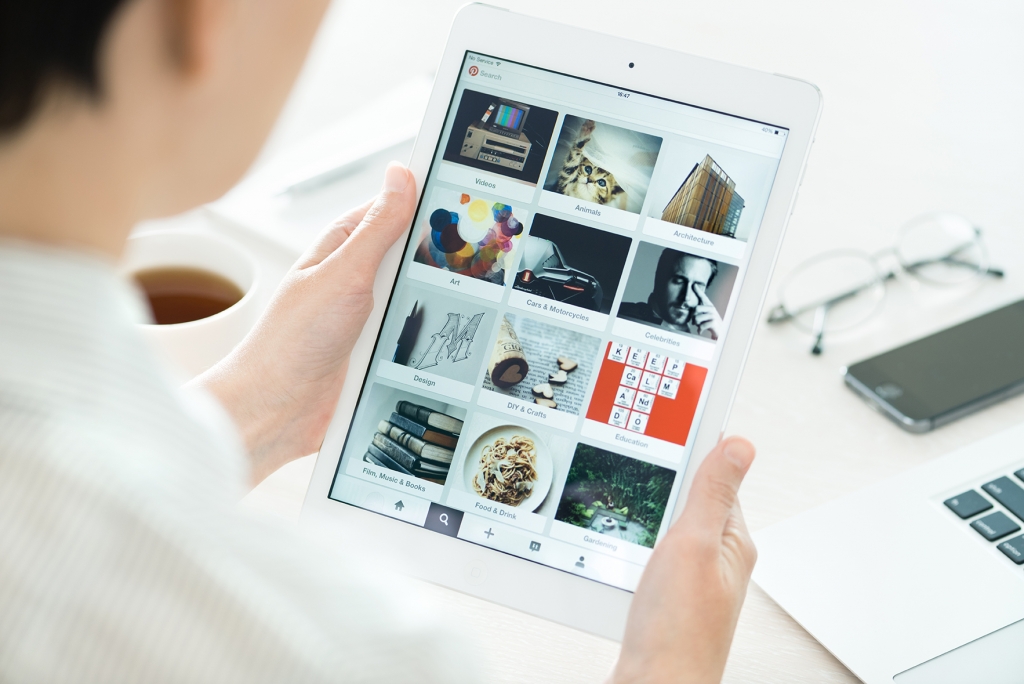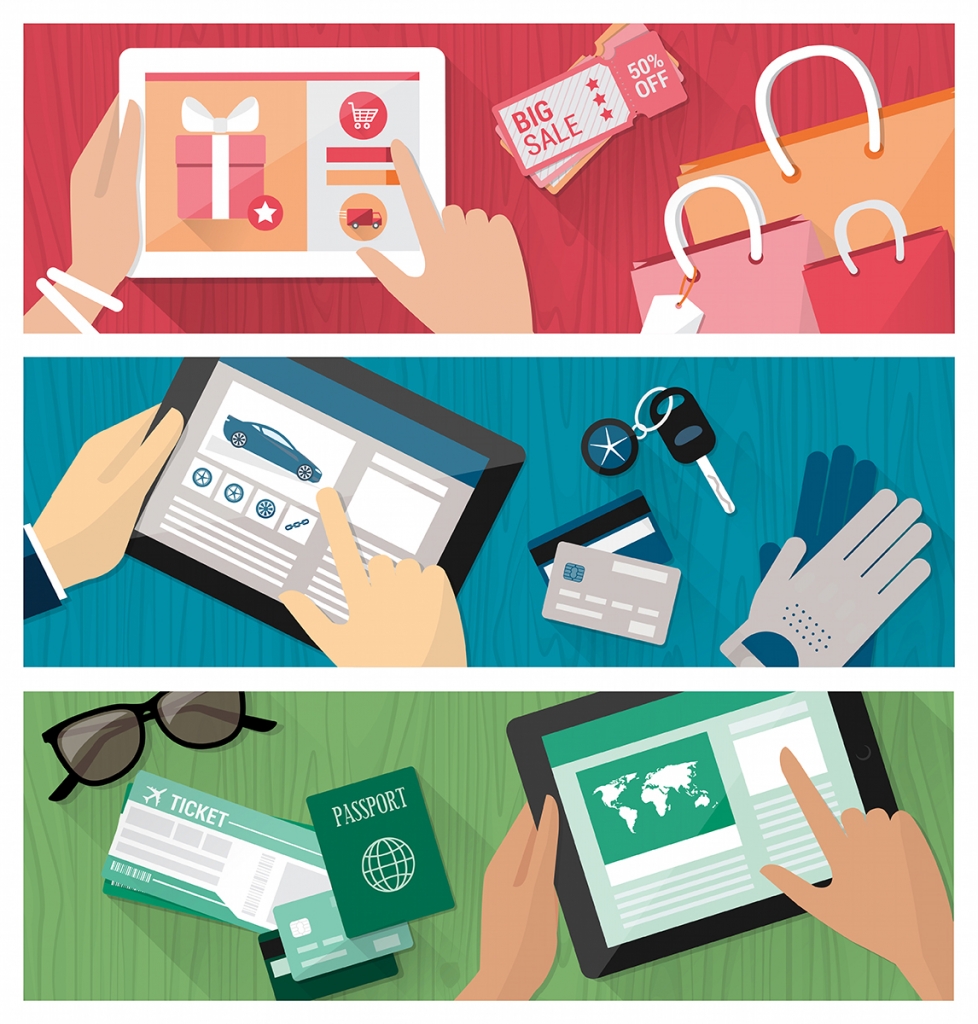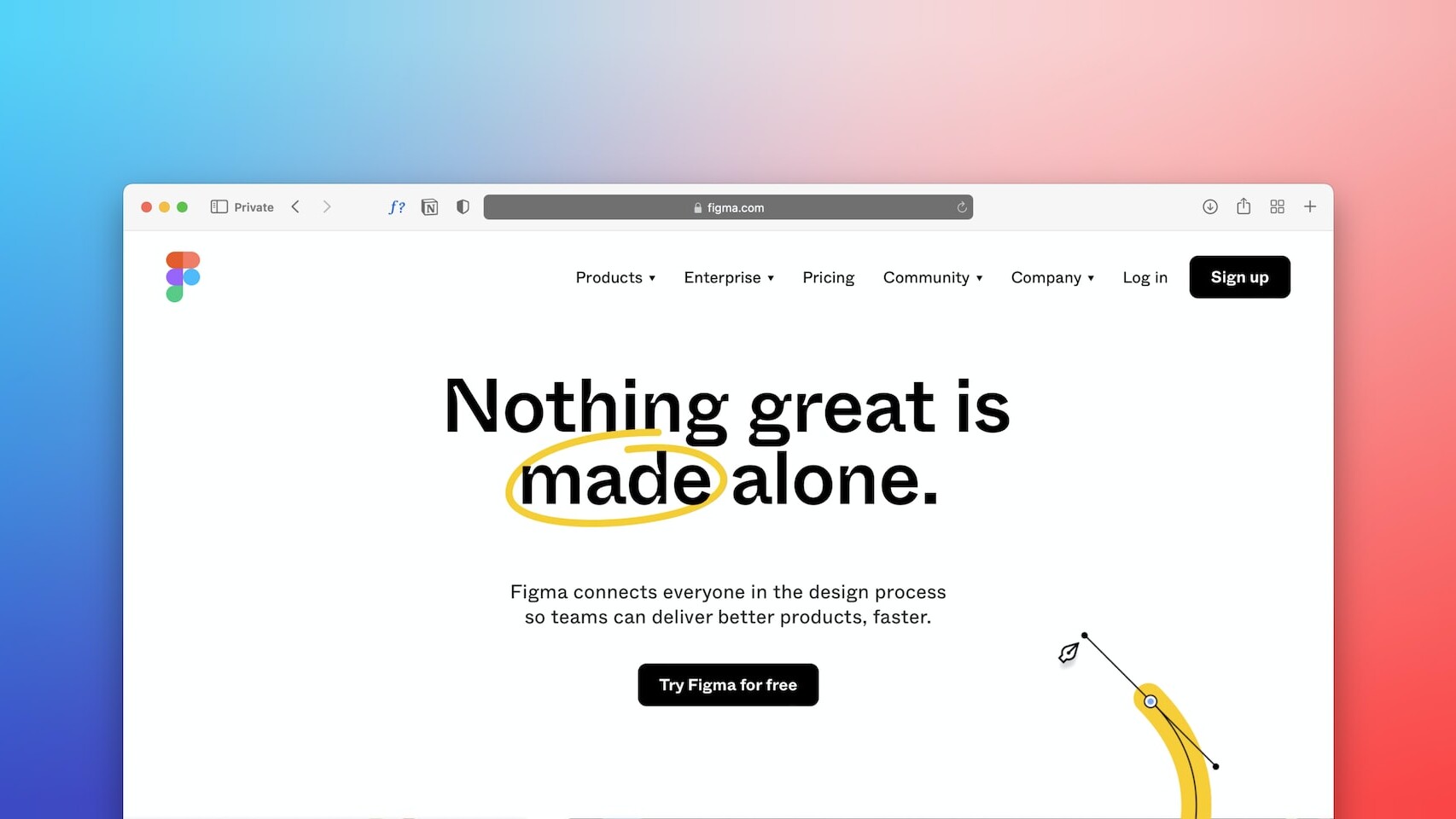Why Cards May Be the Ideal Design Structure for Mobile
There is a reason cards are so prevalent in the digital environment today. Delivering digestible information allows a user to consume a great deal of information at once. Acting as ‘containers’ for content, their usually boxy shape lends easy arrangement across multiple devices. The popularity of cards can best be attributed to the rise of mobile usage. Though it is used widely by designers and developers – the trend will certainly continue – and for a good reason.
What are cards?

Originally gaining ground via image-sharing sites such as Pinterest, cards have become one of the go-to implementations for designers looking to organize content, particularly for a responsive approach to web design. Frequently paired alongside the technique of flat design, cards are a successful framework for organizing visual and contextual assets built around many individual pieces of content. Without a structural system such as cards in place, a steady stream of information can become unmanageable and a turn-off for users.
Organizing Content for Cards
The use of cards is used across various formats within the container style of web design. Used in grids, magazines and the previously mentioned pin-style and flat design formats, cards offer a structural style that can greatly increase user interaction and experience.
When designing with cards, its important to understand how they will serve the content and, ultimately, the user; each card is part of the content ‘sphere’ of the brand or organization it represents. They should be consistent in aesthetics to allow the user to quickly understand where the content is, providing the space to contain various images, calls to action and interface elements – usually leading to a click-through to explore deeper content.
When designed well, cards have shown that they are one of the most flexible layout formats for creating a consistent experience by seamlessly adjusting to screen and device.
The Future of Cards
Despite cards being around for some time already, new implementations and development are rampant. Regardless of the device, users will always seek out information quickly, with cards being the perfect solution. With the proliferation of technology shifts and advancements in mobile, wearables and the Internet of Things – the use of cards will continue to rise, making content more accessible to the user.
Related Articles
Navigating the Design of Input Controls in UI
January 6, 2024
UI Signifiers in Website Design
January 5, 2024




